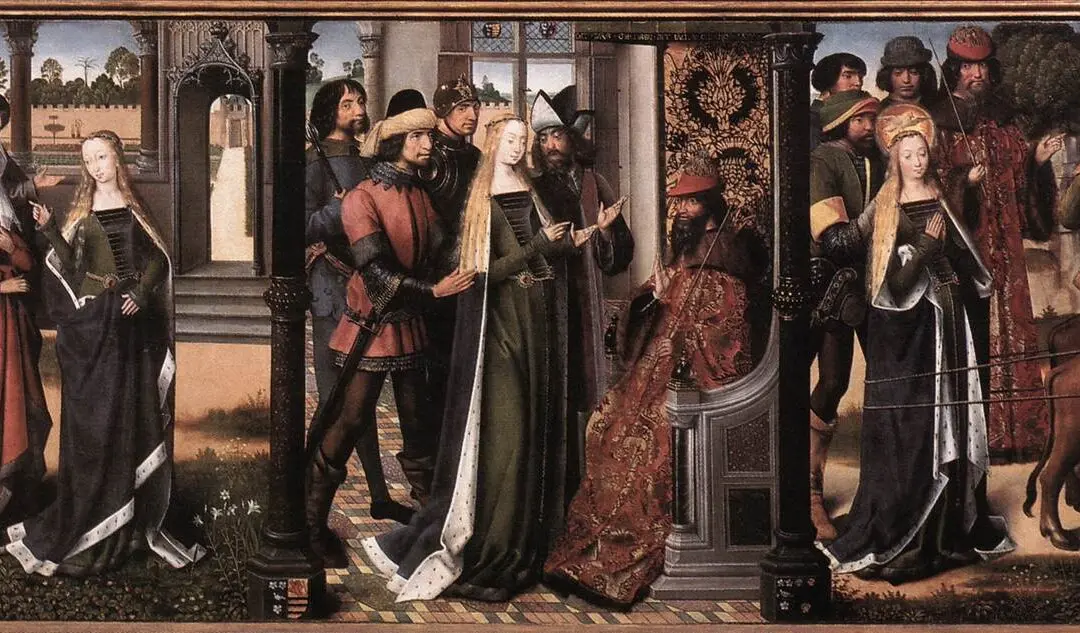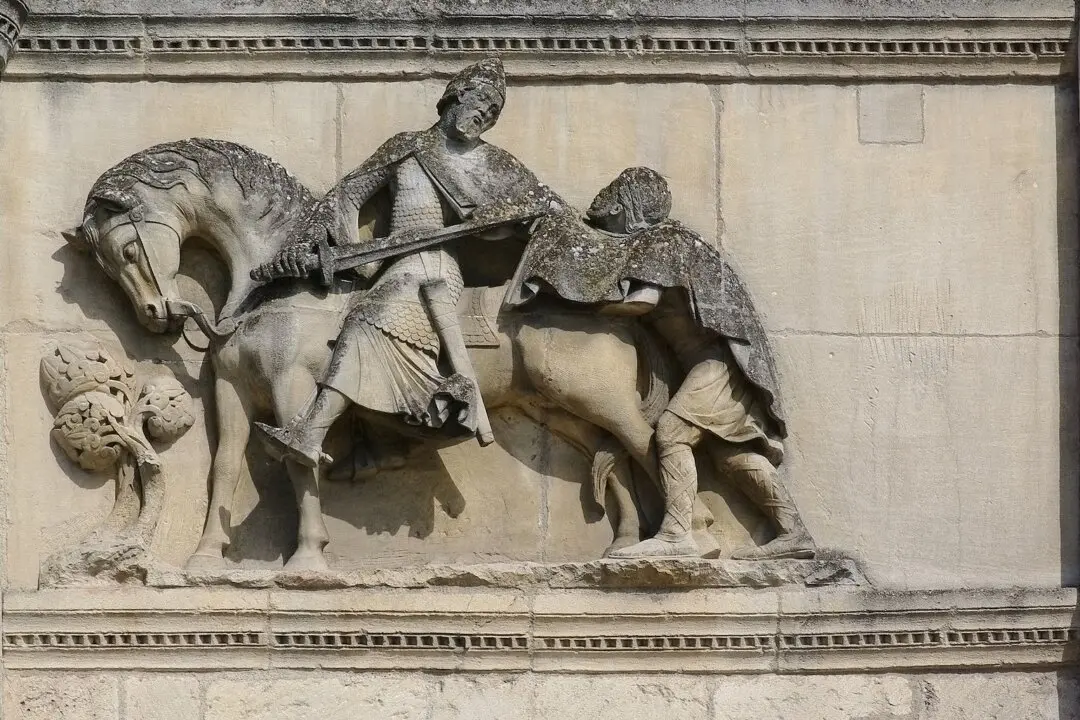Tyger Tyger, burning bright, In the forests of the night; What immortal hand or eye, Could frame thy fearful symmetry?
In what distant deeps or skies. Burnt the fire of thine eyes? On what wings dare he aspire? What the hand, dare seize the fire?
And what shoulder, & what art, Could twist the sinews of thy heart? And when thy heart began to beat. What dread hand? & what dread feet?
What the hammer? what the chain, In what furnace was thy brain? What the anvil? what dread grasp. Dare its deadly terrors clasp?
When the stars threw down their spears And water'd heaven with their tears: Did he smile his work to see? Did he who made the Lamb make thee?
Tyger Tyger burning bright, In the forests of the night: What immortal hand or eye, Dare frame thy fearful symmetry?
As a first grader took the stage at morning assembly, my eighth grade classmates and I sent up a collective internal groan and prepared to hear yet another recitation of “The Tyger.” Even the teachers braced themselves for this performance with the usual trademarks of a first-grade recitation: a lack of emotion and a want of clearly articulated r’s. But it was a classical liberal arts school; every student had to do an individual poetry recitation at morning assembly at some point, and William Blake was the popular choice for first grade. Deceptively simple, “The Tyger” was easy to memorize and appealed to a child’s imagination.So many years later, I do believe most everyone in the school has the verses seared into their brains forever, whether by design or not. We’ve joined the ranks of readers who, since its publication in 1794, have been entranced by the pounding cadence and vivid characterization of the tiger as an almost mythical creature.





